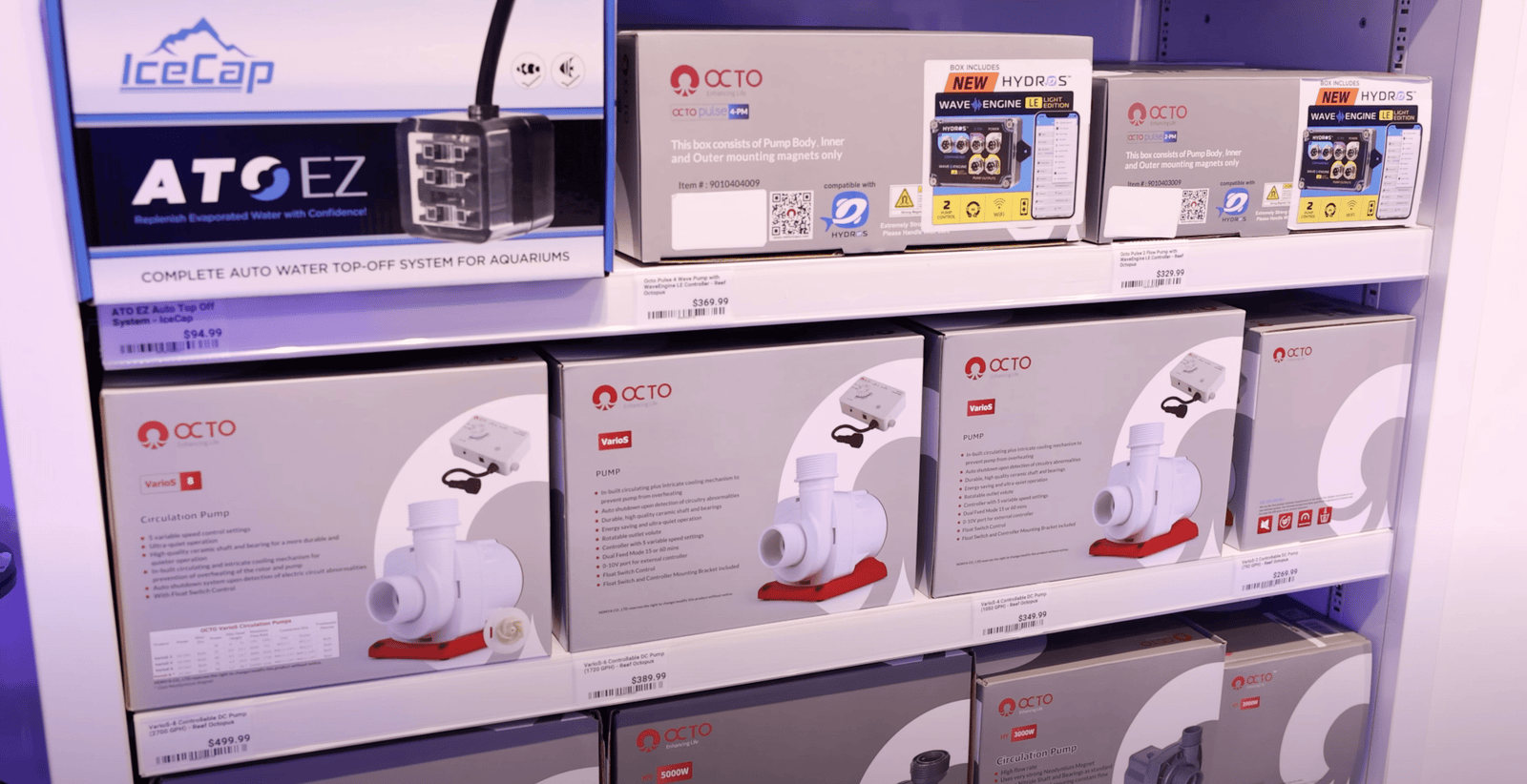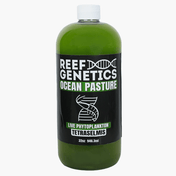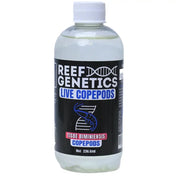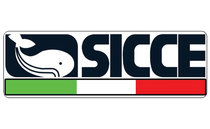When setting up or upgrading your aquarium system, one of the most important choices you’ll make is selecting the right return pump. At the core of this decision lies a fundamental question: should you go with a DC (direct current) or AC (alternating current) return pump?
Each has its pros and cons, and the right option often comes down to your aquarium's specific needs, whether you're running a reef tank, saltwater setup, or freshwater system. , your budget, and how much control or simplicity you're after. In this guide, we’ll break down the differences, compare real-world performance, and help you decide which pump is best for your aquarium.
What’s the Difference Between DC and AC Return Pumps?
The main difference between DC and AC return pumps lies in how they operate:
- AC Return Pumps run on a fixed voltage and speed. Once plugged in, they operate at a constant rate unless externally throttled with a valve.
- DC Return Pumps use a variable voltage controller, which lets you precisely adjust flow, activate special features, and monitor performance.
This difference affects everything from flow adjustability and noise to reliability and cost.
Pros and Cons of DC Return Pumps
Advantages:
- Variable Flow Control: Most DC pumps include a controller, allowing you to fine-tune flow rates based on your tank's turnover needs, sump height, or daily schedule.
- Energy Efficient: Typically more efficient than AC counterparts when tuned appropriately.
- Quiet Operation: DC motors are generally quieter due to brushless operation.
- Smart Features: Many models include feed modes, alerts, and wireless connectivity.
Drawbacks:
- Higher Cost: DC pumps are often more expensive upfront.
- Electronics Can Fail: More components mean more potential failure points—especially in high humidity or salt creep environments.
- Requires Power Supply & Controller: Slightly more complex installation.
Pros and Cons of AC Return Pumps
Advantages:
- Proven Reliability: Fewer parts means fewer failure points. Many AC pumps run for years with minimal issues.
- Lower Upfront Cost: Great for budget-conscious builds or backup systems.
- Simple Plug-and-Play: No controller needed—just plug in and go.
Drawbacks:
- Fixed Speed: To control flow, you need to use a valve, which can stress the pump and reduce lifespan.
- Less Efficient: Tends to use more energy overall.
- No Built-In Features: No feed modes or alarms—just raw, consistent power.
Which Pump Type is Best for Your Setup?
It depends on your priorities:
Choose a DC return pump if...
- You want control over flow rates.
- You have a quiet or enclosed cabinet and want minimal noise.
- You plan to integrate your pump into a smart controller system.
Choose an AC return pump if...
- You’re looking for simplicity, reliability, and low cost.
- You’re building a basic reef or fish-only system.
- You need a backup pump or don’t want electronics in the sump area.
Popular Brands and Use Cases
To give you a clearer picture of how these pumps perform in real-world situations, here are a couple of example scenarios:
Reef Tank Example: You're running a 100-gallon mixed reef with SPS corals and a controller system like Hydros. A DC return pump such as the Reef Octopus VarioS integrates wirelessly with Hydros, giving you full-time monitoring, wireless control, and programmable modes. This setup allows you to tailor flow precisely to your system's needs while also gaining visibility and automation through the controller interface.
Fish-Only System Example: You’ve set up a 75-gallon saltwater fish-only tank with a simple sump. An AC return pump like the Sicce Syncra Silent 3.0 delivers reliable flow at a lower price, requires no configuration, and can operate efficiently for years with minimal maintenance.
- DC Examples: Red Sea ReefRun, Reef Octopus VarioS, Ecotech Marine Vectra
- AC Examples: Sicce Syncra Silent series, Marineland Utility Pumps.
High-end reef tanks often use DC return pumps for their advanced control, while fish-only or beginner systems may lean toward dependable AC options.
Final Thoughts: Balancing Features and Reliability
DC return pumps offer modern features and quiet operation, making them the preferred choice for advanced reefers and tech-savvy hobbyists. However, AC return pumps still hold value for their durability, simplicity, and lower price point.
Ultimately, both pump types can succeed in the right context. The best return pump for your aquarium will balance flow requirements, system complexity, and long-term reliability—whether that’s a high-tech DC pump with programmable features or a time-tested AC model that just works.
Need help finding the right pump for your reef tank or fish-only setup? Our team can help you compare models and select the best fit based on your system size, head pressure, and livestock needs.
